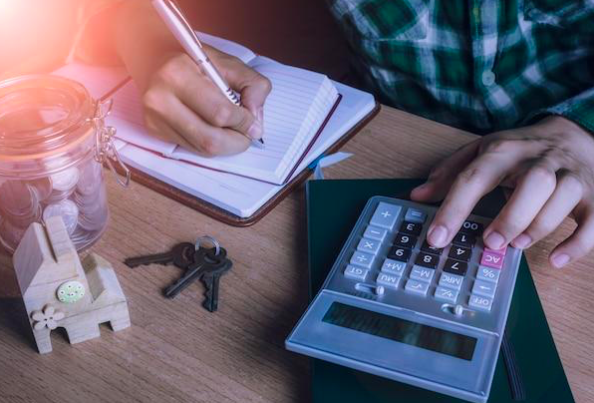Facing a financial emergency without an emergency fund can happen to anyone. All it takes is for one unexpected expense to drain your fund and another one to arrive before you manage to refill it.
If you’re currently in this situation, a line of credit offers a convenient and flexible way to deal with the unexpected.
As you shop around for options, ask yourself these five questions. They’ll help you assess which line of credit is right for you.
Credit: osaba via FreePik
Question #1: What Credit Limit Do I Need?
Right away, you need to determine how much you need to borrow. This is usually dictated by your emergency expense — whether it’s unexpected medical equipment not covered by insurance or a repair to fix a small leak in your roof.
While the examples above may come with concrete bills, not all expenses can be so easily priced. Try your best to estimate what you need for unusual or ongoing emergencies.
Question #2: What is the Cost of Borrowing?
Next, you’ll want to know what each lender will charge you for using a line of credit. You’ll want to find out the annual interest rate, plus any additional finance charges that may apply.
While some lenders may charge origination and draw fees, a lender like Fora doesn’t apply any additional fees on a line of credit. That means you won’t have to worry about the following fees increasing the cost of borrowing:
- Annual
- Draw
- Late
- Origination
Question #3: What is the Billing Period?
A line of credit is an open-ended financial product. This makes them different from the usual personal loan, which comes with a fixed term and fixed payments.
Instead, you won’t have to pay your balance off in full by a set date, just a minimum payment each billing cycle.
Ideally, you’ll pay off what you owe by your next due date. But some big emergencies make this impossible. Crunch the numbers to understand what happens if you carry over a balance from one billing period to the next. This will help you understand the full cost of borrowing.
Question #4: Can I Afford the Minimum Payment?
In answering the previous question, you’ll be able to answer this next one. Once you understand how interest applies to your credit use, you can calculate how much your minimum payment will be.
A minimum payment typically includes your interest charge plus a contribution towards your principal. It represents the smallest amount you have to pay each month.
However, most lenders recommend you pay as much of your balance as possible. Interest applies to what you use, so you’ll end up paying more in interest if you don’t repay what you borrow in one lump sum.
Question #5: Is This Line of Credit Available to Me
If you’re like most modern borrowers, you’re searching and applying for a line of credit online. This simplifies many of the steps involved with borrowing. However, it can complicate your initial rate shopping.
Internet search engines are good at pooling resources very quickly, but they don’t always curate relevant lists. You can accidentally waste time looking at lenders that aren’t available in your location, which means you aren’t eligible for their loans.
Make sure you specify your location and double-check the lender is licensed in your area.
The Takeaway
Borrowing money is a big responsibility. Asking yourself these five questions can help you take this decision seriously.

Krishna Murthy is the senior publisher at Trickyfinance. Krishna Murthy was one of the brilliant students during his college days. He completed his education in MBA (Master of Business Administration), and he is currently managing the all workload for sharing the best banking information over the internet. The main purpose of starting Tricky Finance is to provide all the precious information related to businesses and the banks to his readers.




